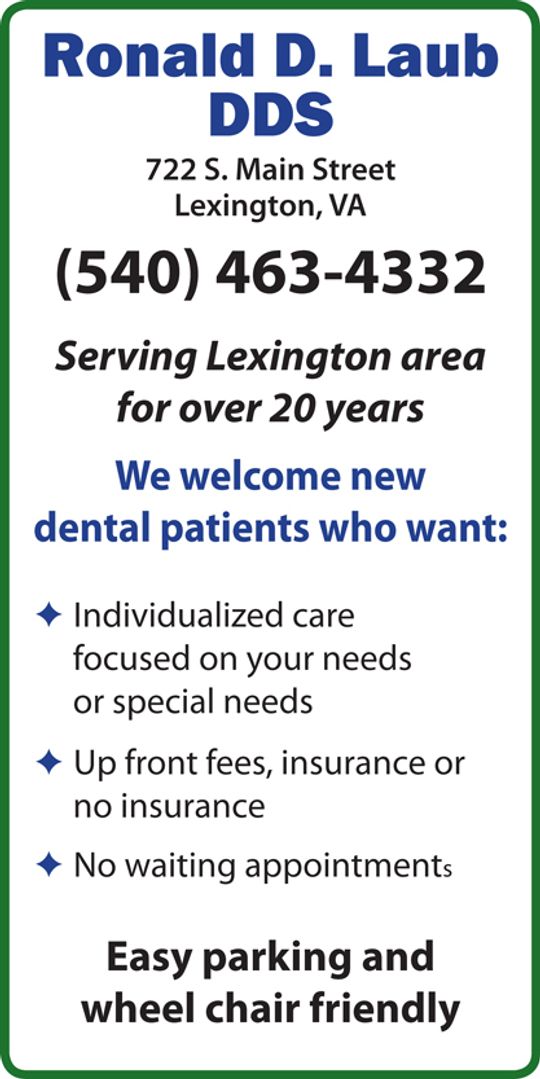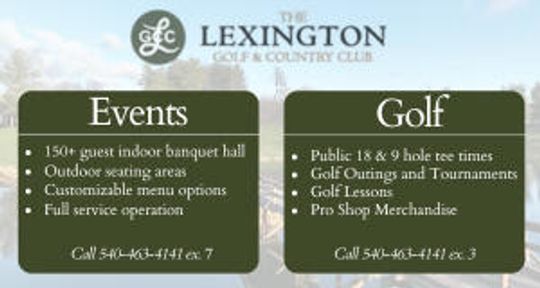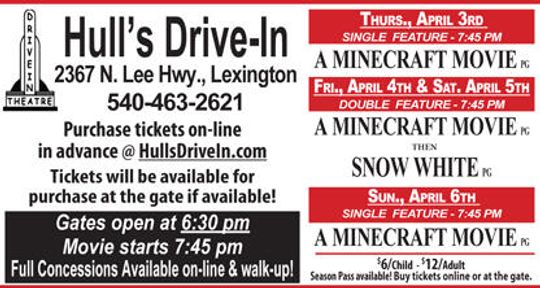Ink Spo ts
Matt Paxton
I was an economics major in college, not that I’ve used that knowledge much. Back then, 50 years ago, the discipline was much more case study based. Today, it’s more mathematical, because of the vast amounts of data available to economists. One case study I do remember involved the Hawley-Smoot Tariff of 1930. The tariff was partially in response to the demands of American farmers, who wanted protection from foreign imports of food. It added an additional 20 percent tariff on top of already high tariffs enacted in the early 1920s. Within two years, over 20 countries had enacted similar tariffs, which contributed to an already bad world economy and reduced global trade. U.S. trade with Europe declined by two-thirds between 1929 and 1933. Some see the tariff as the first manifestation of American isolationism that characterized the 1930s.
Long story short – the tariff made the Great Depression deeper and probably longer.
The idea of tariffs is becoming more popular politically, especially since Trump imposed a number of across-the-board tariffs on such commodities as steel and aluminum, and specific tariffs on such products as washing machines. The Biden administration has continued many of those tariffs, but has fine-tuned some provisions, such as having a quota system for some imports that imposes tariffs only when imports rise above a given amount.
These tariffs are primarily protectionist. That is, they’re designed to help American industries remain competitive with foreign competition, especially from products that are being subsidized by foreign governments or sold below cost in the U.S. market – a phenomenon known as dumping. These tariffs are popular with labor groups because they’re seen as protecting American jobs, and in the short run, they may do that within the protected industry.
But these tariffs are not without cost to the American economy and the American consumer. Regardless of what some may say, tariffs are paid by American importers, who then either pass on the added cost of the good to the consumer, or eat the cost of the tariff. Frequently, the importer will do both by raising the cost of the good but not by the full amount of the tariff.
Tariffs passed onto consumers amount to a tax added to the cost of the good. Tariffs that are absorbed by an importer can hurt that company’s ability to hire or retain workers.
Tariffs are not paid by the exporting country or manufacturers in that country.
The Tax Foundation, a leading tax policy nonprofit, calculates that the tariffs that began in the Trump administration and have continued under Biden amount to an $80 billion tax paid by American consumers. It also estimates that tariffs will reduce long-term GDP by 0.1 percent and cost 142,000 jobs.
Not included in these numbers are the losses of exports of American products brought on by retaliatory tariffs on U.S. goods imposed by other countries.
Trump is proposing additional tariffs, presented more as revenuegenerating rather than industry protection. The Tax Foundation estimates that, if implemented, they would cost American households $524 billion annually, and reduce GDP by .8 percent. It estimates that 684,000 full-time jobs would be lost. This does not take into account any retaliatory tariffs imposed by foreign countries and the impact that would have on industries that export.
You may be getting the impression that I am anti-tariff. I’m not against tariffs in principle. I don’t think broad-spectrum tariffs are good policy. Targeted tariffs, with regular review, directed at goods that are being dumped in this country can be warranted. The 100 percent tariff on Chinese-made electric vehicles may fall into this category, and there are other examples.
It’s important to realize that tariffs are not a magic trick to offset income taxes or other forms of revenue. The revenue from tariffs, even the higher tariffs proposed, would be a small fraction of the revenue from personal and business income taxes. The disruptions to our economy of a plan to try to replace even a small part of regular tax revenue with a revenue tariff would be significant.
Bottom line, tariffs distort the workings of the free market. Tariffs can shelter inefficient producers. Tariffs cost American consumers, and some American businesses. Tariffs should be used as a tool of industrial policy to promote sectors of our economy, like chip manufacturing and EVs, but subject to regular review of the competitiveness of those domestic manufacturers in the world economy.
Tariffs and tariff policy are a great illustration of that old saying, “There’s no free lunch.”





